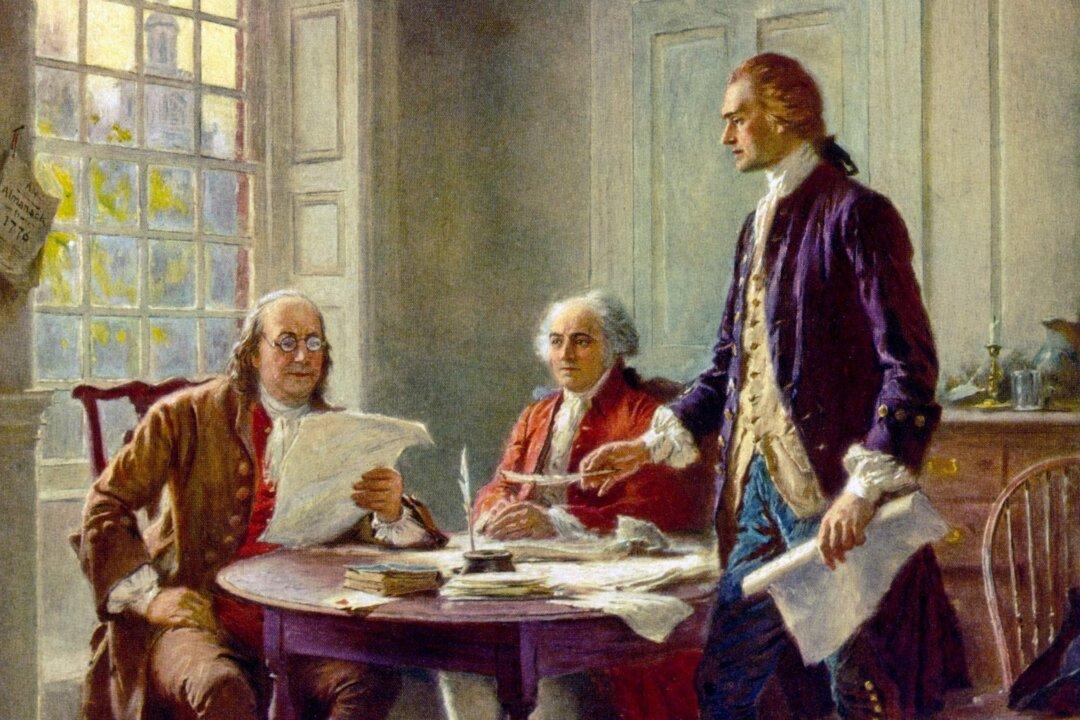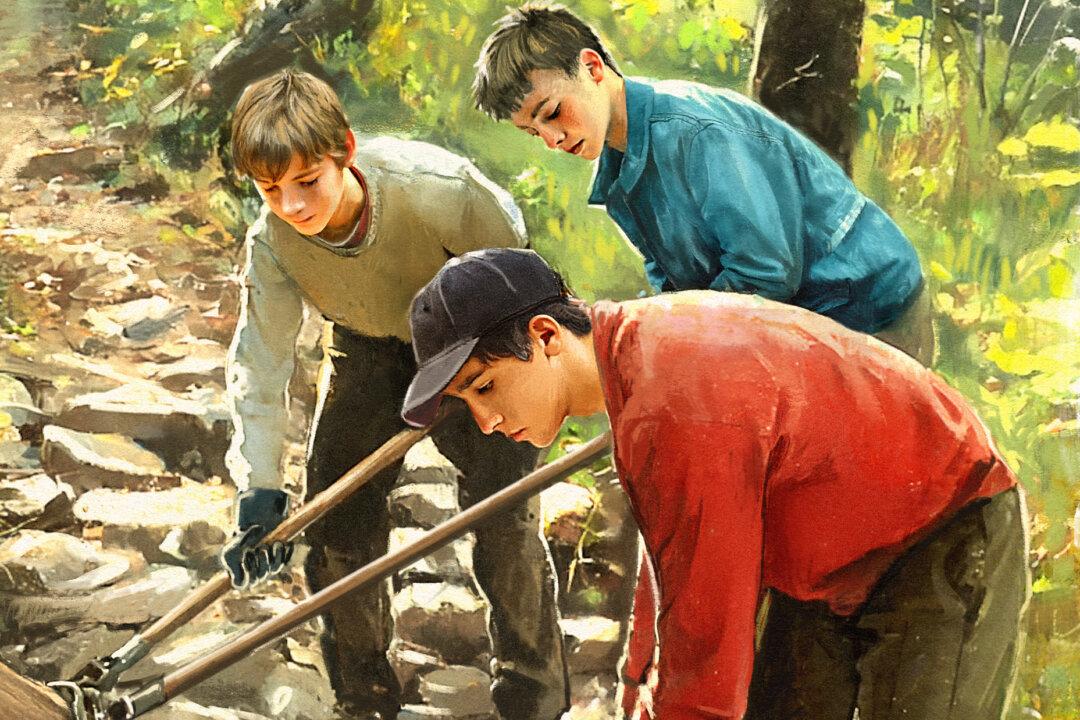On July 4, 2026, we Americans will celebrate the semiquincentennial of the Declaration of Independence, a document whose proclamation of “Life, Liberty, and the pursuit of Happiness” remains as profound a statement on the human condition now as it was then. In the 250 years since its unanimous passage by the Second Continental Congress, the ideas that “all men are created equal, that they are endowed by their Creator with certain unalienable rights” and that governments derive “their just powers from the consent of the governed” have served as the guiding lights of the United States through wars, turmoil, setbacks, and change.
It’s easy to forget that these noble words were born of battle and bloodshed, that countless thousands of patriots, from the dead on Lexington Green to the mothers and wives on the home front, gave them life. Those 15 months from April 1775 to July 1776 also proved to be the baptism of fire that would bring to the fore the leaders of this new independent nation.






